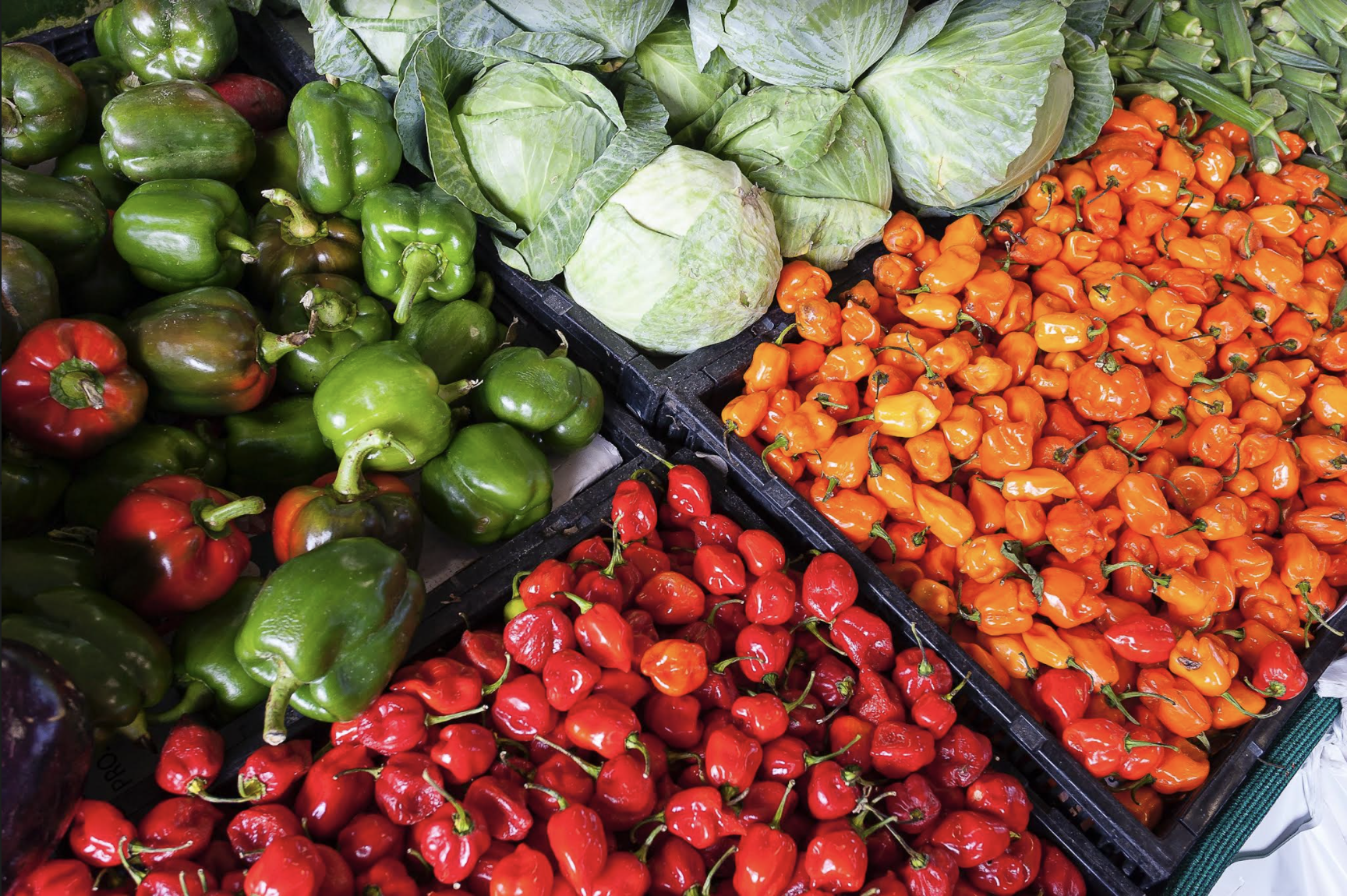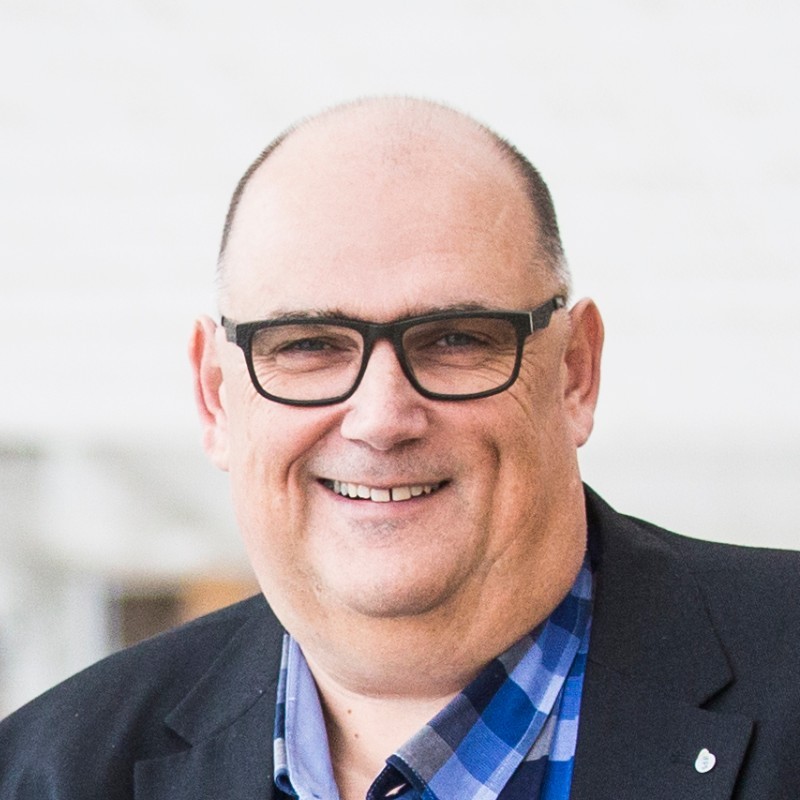
Faster, lighter, more durable, and, at the end of the day, also much cheaper: the benefits of photonic circuits are considerable, for a wide range of applications. And the Netherlands plays an important role, globally, in the development and application of this key technology. In recent years, under the leadership of PhotonDelta, a solid foundation has been laid under the Dutch integrated photonics ecosystem. One important application area of this key technology can be found in precision agriculture and food security. Read the other parts of the series here.
In a world approaching 10 billion people by 2050 and an exponentially rising demand for agricultural products, we cannot do without precision agriculture. In this process, plants or animals receive exactly the treatment they need, determined with great accuracy thanks to a combination of technologies such as robotics and miniaturized biosensors. This allows production to be optimized, leading to more sustainable crops, increased production, and greater food safety: a prerequisite for a future-proof food supply.
Integrated photonics is essential for this. Photonic chips are lighter, smaller, and therefore more scalable than other solutions. Sensor systems running on integrated photonics ensure that in the agricultural sector and food industry all requirements regarding safety, health and sustainability can be met.
What is integrated photonics?
Photonics is similar to electronics. However, instead of electrons, it uses photons (light) to transmit information. Photonic technology detects, generates, transports, and processes light. Current applications include solar cells, sensors, and fiber-optic networks. Photonic chips, officially called Photonic Integrated Circuits (PICs), integrate various photonic and often electronic functions into a microchip to make smaller, faster, and more energy-efficient devices. Because they are manufactured like traditional chips (with wafer-scale technology), mass production is also within reach – with price drop as a result. More here.

The Netherlands has now built up considerable experience with integrated photonics in precision agriculture. Harrij Schmeitz, director of the Fruit Tech Campus in Geldermalsen, sees the evidence every day. “There are huge opportunities for photonics in agrifood if we can translate the technology into practical applications that allow the state of the product to be examined on both the outside and the inside.”
He cites an example of integrated photonics at fruit grower Fruitmasters in Geldermalsen: “They use relatively simple cameras to take 140 pictures in milliseconds of every apple that passes on the sorting belt. This is done in 3D, fully automatically. The system removes the bad apples before they are packed for the customers. That used to be done manually, so that’s a big improvement.”
Farmers today record a lot of data, which enables them to plan ahead and learn to give plants exactly the right amount of water, light, and nutrients at the right time. Sensors with photonic chips not only ensure that the data becomes available, but also that the farmer can then use it to better treat his crops or animals. The first robot that uses camera technology to determine how much to spray the crop has also been introduced. It calculates the needs very quickly when it passes by the crop.”
According to Schmeitz, photonics in the agrifood sector will bring about a change to plant-controlled and tree-controlled cultivation. “With LED lighting you can stimulate crop growth in greenhouses. By using different colors you can accelerate that. In the Westland region, you can see purple greenhouses, because a plant grows better on red and blue light. As a result, you can also use less light, which results in savings for the farmer.
Sustainable production

Research into the application of photonics in agrifood takes place throughout the Netherlands, for example in Wageningen at OnePlanet Research Center (a collaboration between WUR, Radboud University, and imec) and at TU Eindhoven.
In Wageningen, Lex Oosterveld and Peter Offermans conduct research into the use of photonics in the food industry and in the cultivation of fruit and vegetables. Oosterveld: “Our technological innovations are aimed at the sustainable production of nutritionally high-quality food and at combating food waste. We are therefore developing technology with which the product quality of food can be measured directly, without it having to be analyzed in a laboratory. This allows us to adjust the production process directly.” An example is measuring glucose during fermentation processes or in fruit. “The next step is for this to be done fully automatically based on real-time data. In this way, we optimize the production process, and food waste is avoided.”
Nitrogen

OnePlanet Research Center is also focusing on the nitrogen issue by developing sensor systems to measure the environmental impact in and around cities, such as in companies and stables. Offermans: “It is important to accurately map the emission of nitrogen so that you can reduce emissions based on this data. To this end, we have developed a prototype sensor that allows us to measure the amount of nitrate, an indicator of the presence of nitrogen, in water via the light of different wavelengths.” This sensor runs on optical chips.
Photonic measuring systems are also relevant for the cultivation of fruit and vegetables. Offermans: “An example is ripeness monitoring, which helps the product to be harvested at the optimal moment. This process makes sure the product has an optimal quality at the time of consumption and food loss is prevented. Sensors based on integrated optical circuits fit very well into applications in the agrifood sector, as they are suitable for miniaturization, for combining different sensor types, and for the scalable production of our measurement solutions.”
Tomatoes and cow’s milk

It is no coincidence that the elements that, according to Oosterveld and Offermans, make integrated photonics so important, also come together in the solutions of start-up MantiSpectra. Using PICs that are small, robust, scalable, and customized, this TU Eindhoven spinoff produces sensors that can help determine the health of animals and plants.
CEO Maurangelo Petruzzella and his team have developed a practical application for this purpose. “From the outside of fruits and vegetables, you often can’t tell the best time to harvest. Farmers can rely on years of experience and on their instincts, but anything can go wrong. If you pick too early, the product may not have reached its maximum flavor; if you pick too late, spoilage can occur. Photonics is a good tool for this.”
With MantiSpectra, after many years of research, Petruzzella and several colleagues have developed an optical chip that uses infrared light to monitor the ripeness of tomatoes. “We want to develop this chip into a handy device that horticulturalists can use to go into the greenhouse and check individual tomatoes, even before their harvest. Until now, you have to pick a tomato and cut it open to check its freshness. If it is ripe, you have cut into it unnecessarily. The same applies, of course, if it is not yet ripe. Then it’s better to leave it on the plant.”
But it’s not just about fruit. For example, the sensor is also suitable for checking the quality of unpasteurized milk and whether cows have health problems. The MantiSpectra chip sensor detects infrared light and can use an algorithm to quickly determine whether the milk is good. Not only is this more accurate and faster, but it also avoids all kinds of additional costs that go into complicated traditional quality checks and wasting good milk. “The problem is that the quality of milk is usually only measured during its processing”, Petruzzella explains. “If you are able to measure this directly at the farmers, then you will also know what the health status of the cow is.”
Research, production, and applications

What Maurangelo Petruzzella is showing with MantiSpectra is a good example of the many applications that integrated photonics has to offer. It is precisely the combined strength in both primary research and in production and uses for specific applications that currently make the Netherlands one of the global centers in photonics. The mission-driven innovation policy is visible in it, both at the level of the individual farmer and for the sustainability ambitions of our planet. The Netherlands has everything it needs to retain that leading role, including in the food technology sector. But for this, some follow-up steps are necessary, says PhotonDelta director Ewit Roos. These include investments in research, the construction of larger foundries (wafer factories), and help for promising start-ups. “In this way, we can stay ahead of the competition and strengthen Europe’s intended strategic autonomy in integrated photonics.”
That will require a long haul, though. Oosterveld and Offermans expect that it will take another five years or so before the major photonics breakthrough occurs in the agricultural sector and another ten years or so before it happens in the food industry. Oosterveld: “There, it often involves complicated industrial processes that are less easy to adapt, which is why the breakthrough there will take a little longer.”
In the meantime, the Dutch integrated photonics sector is ready for the next phase: further industrialization, in which scaling up (or: cost reduction per PIC) and integration on the existing large production platforms of the semiconductor industry are key. For Ewit Roos, this development is clear: “The world sees this potential and is investing in it. As an ecosystem, but also in a European context, we are of course anticipating this by excelling and concentrating on what we are good at. That way, we secure a position in those global value chains and are an attractive location for initiatives that want to join them.”

